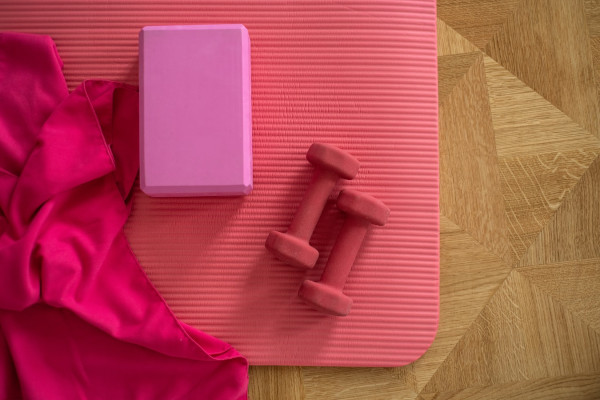Space Saving Hacks For Your Boston Apartment Gym
Space Saving Hacks For Your Boston Apartment Gym
The number of renters in Boston has been on the rise during the past five years, with a boom in rental populations, with around 60% of the city's population living in rental units owing to their practicality and greater affordability than larger homes. Regardless of the size of one's rented abode, there has been a major surge in the demand for high-tech home gyms this year, owing in no small part to the boom in remote work and the closure of many gyms. If you are thinking of creating your own home gym but you have little space to bring your dream to life, the following tips may help you design a fully functional gym that takes up minimal room in your apartment.

Make A List Of Home Gym Equipment You Need
Depending on the type of workout you enjoy, your apartment home gym may include apparatuses and equipment such as a treadmill, rowing machine, kettlebells, and FID benches. It is important to pare down your list so that you can make the most of the available space. Moreover, you should opt for foldable or collapsible versions of the equipment you do choose. For instance, if you use a treadmill or rowing machine, choose quality collapsible or compact designs. FID (flat, incline and decline) benches, used for presses and plyometric exercises, are usually present in any serious home gym, but you should opt for a collapsible design you can simply store under your bed. Equipment such as resistance bands, foam rollers, and foldable pull-up bars don't take up much space at all, and they can easily be stored away in your closet or other type of storage furniture.
Choosing The Best Space For Your Gym
If you have a small apartment, then your gym will most probably have to be located in either your bedroom or your living room. Ideally, you should choose a space with a good view over a natural space or other area that will motivate and inspire you while you work out. For many people, bedrooms are a better choice than living rooms because equipment such as dumbbells, kettlebells and bars can easily be kept beneath a bed. Regardless of which space you choose, make the most of large windows to set up your small workout corner. Ensure it is at the opposite point of your bed and bathroom zone, so you don't stand in the way of other home dwellers using the same room to rest or shower.
DIY Features
If your living room or gym does not have much storage space, a few DIY tricks can help. These include fitting shelves on the wall for everything from dumbbells to towels, drinks, stereos, kettlebells, and towel baskets; using a fiber basket that can be easily placed in a corner for items such as mats, resistance bands, and light dumbbells; and utilizing wall brackets as storage space for mats and towels. You can also buy unframed mirror panels and make an artistic arrangement on one wall so you can observe your technique while you work out. If you wish to add warmth and softness to your workout floor, readymade laminate flooring (featuring faux wood laminate slabs that 'click together') are a cheap and easy solution.
There has been a big boom in the establishment of home gyms, with millions of people across the globe now working remotely. Designing a great home gym begins with drafting a list of necessary equipment and analyzing where each piece will be stored. Items such as DIY vertical shelving can help reduce the need for storage furniture, while added features such as laminate flooring and mirrors can lend your home gym a touch of comfort and style.